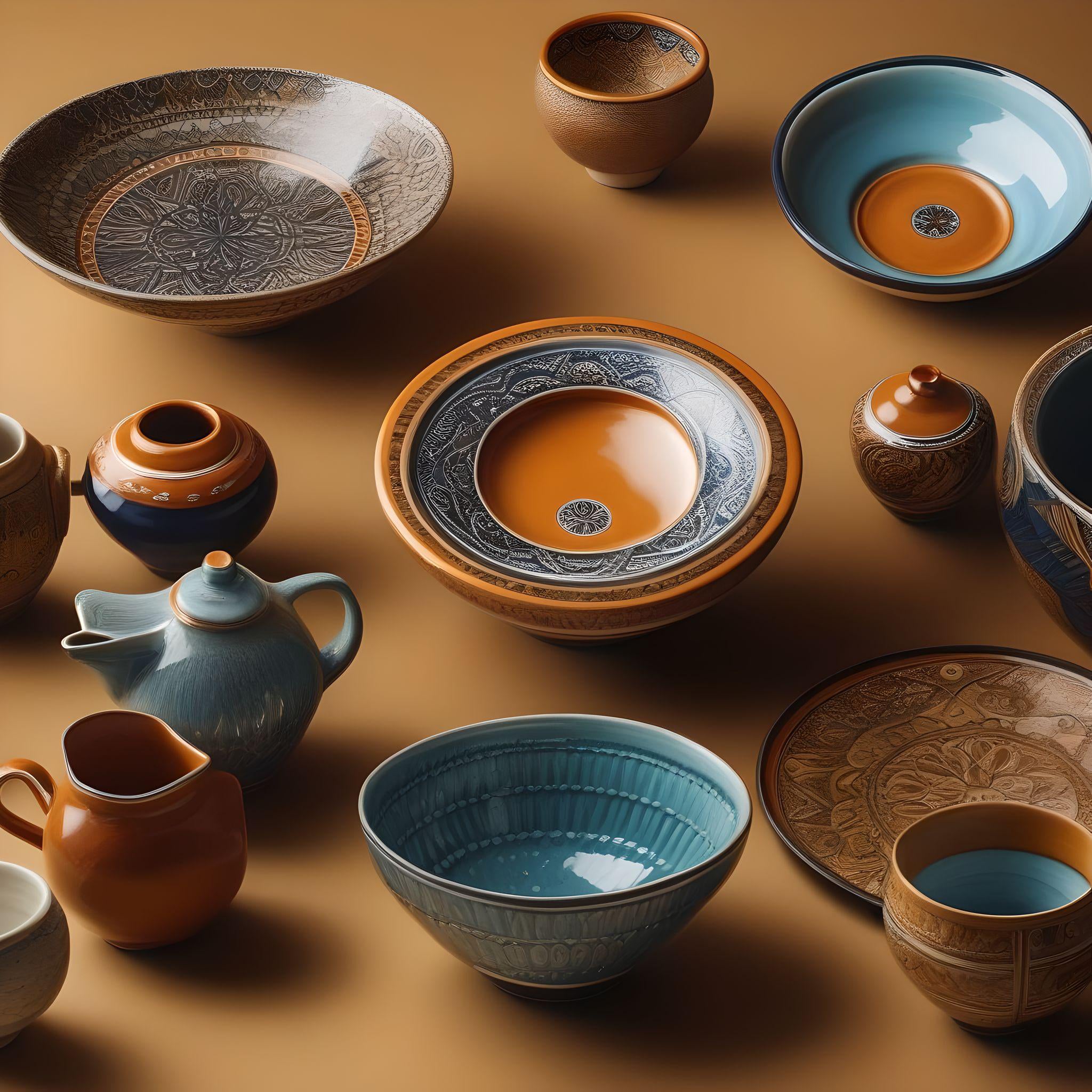
Handmade vs. Industrially Manufactured Ceramics: A Comparison
The world of ceramics is as diverse as it is fascinating, and it includes everything from handmade works of art to mass-produced everyday objects. But what exactly distinguishes handmade ceramics from industrially produced ceramics? In this blog post, we want to compare these two worlds and highlight the unique characteristics, advantages and disadvantages of each production method.
Handmade ceramics
Uniqueness and Individuality Handmade ceramics are created by artisans or artists who individually shape, glaze and fire each piece. Each piece is one of a kind, reflecting the personality and style of the creator.
Manufacturing process
- Handcrafting : Most steps, from shaping the clay to applying the glaze, are done by hand.
- Techniques : Various techniques such as turning on the potter's wheel, hand modelling or plate technique are used.
- Time required : The process is time consuming as each piece is individually crafted, often resulting in limited production.
Quality and materials
- Materials : High-quality, local materials are often used, selected by hand.
- Workmanship : The handmade nature allows for more careful control of quality and attention to detail.
Artistic Value Handmade ceramics are often considered works of art and can have high artistic value. These pieces are highly prized by collectors and lovers of artisanal art.
Price Due to the complex manufacturing process and the uniqueness of each piece, handmade ceramics are usually more expensive than their industrially produced counterparts.
Industrially manufactured ceramics
Mass production and uniformity Industrially produced ceramics are produced in large quantities. Each piece is created using machines and molds, which ensures a high level of uniformity and standardization.
Manufacturing process
- Machine work : Most of the production process is done by machines, from shaping the clay to applying the glaze.
- Efficiency : The industrial process is designed to produce large quantities of products quickly and cost-effectively.
- Automation : Automated systems ensure consistent quality and efficiency.
Quality and materials
- Materials : Industrially produced ceramics are often made from standardized materials suitable for mass production.
- Processing : Industrial manufacturing can deliver consistent quality, but it often lacks attention to detail and individual care.
Functional value Industrially produced ceramics are often used for everyday household items, such as tableware, tiles and sanitary ware. These products are designed for functionality and affordability.
Price Due to the efficiency of mass production, industrially produced ceramics are generally less expensive than handmade pieces, making them widely available and accessible for everyday use.
Conclusion
Both handmade and industrially produced ceramics have their own advantages and uses. Handmade ceramics are characterized by their uniqueness, artistic value and the loving craftsmanship that goes into each piece. They are ideal for collectors and those who appreciate individual works of art. Industrially produced ceramics, on the other hand, are characterized by their uniformity, functionality and affordability, making them ideal for everyday use.
The choice between handmade and industrially produced ceramics ultimately depends on individual needs, preferences and available budget. Both types of ceramics play an important role in our daily lives and enrich us in their own unique way.
Share

